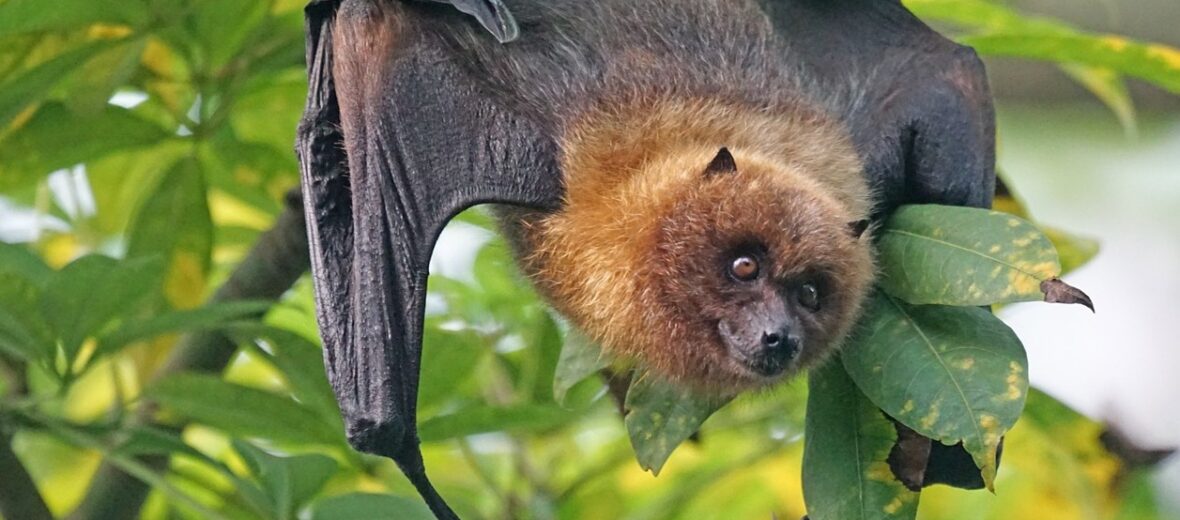
Winning the title for the world’s largest bat species, it’s the flying fox. There are more than 60 known species of these bats living in Asia, Australia, Africa, and various Pacific islands. Fossil records show they first evolved from prehistoric giant bats at least 35 million years ago! They may look scary but they’re just harmless flying mammals looking for fruit.
First the Stats…
Scientific name: Pteropus
Weight: Up to 2.1 lbs.
Height: Up to 13 inches
Wingspan: Up to 5 feet
Lifespan: Up to 17 years
Now on to the Facts!
1.) They eat mostly fruits, flowers, leaves, nectar, and pollen.
2.) They are considered pests by farmers as they tend to do a bit of damage to their crops.
3.) Unlike other bats that use a high pitched sound to echolocate their food, these bats lack that ability. They have de-evolved the sonar ability due to their diets. They don’t need to use echolocation to find fruit.
4.) Bat colonies can be as large as over 200,000! That’s some party.
5.) During the daylight hours flying foxes come together in groups called camps. These camps are quite noisy.
But wait, there’s more on the flying fox!
6.) Flying foxes mate while hanging upside down. Talk about a tricky act.
7.) Since it gets hot in their native habitats, they will flap their wings while they rest and will also lick their bodies to keep themselves cool.
Did you know…?
In 1930 a group of scientists discovered a group of these bats that was over 4 miles long that contained an estimated 30,000,000 bats!
8.) Since a newborn can’t fly for several weeks, mom will carry her baby with her as she flies.
9.) These bats are also important pollinators, as they graze for fruit. They also help to pollinate flowers and their droppings help to disperse seeds.
10.) It is believed that they have made their way to Madagascar by island hopping.
Now a Short Flying Fox Video!
Also, check out the Critter Science YouTube channel. Videos added frequently!
Want to suggest a critter for me to write about? Let me know here.



